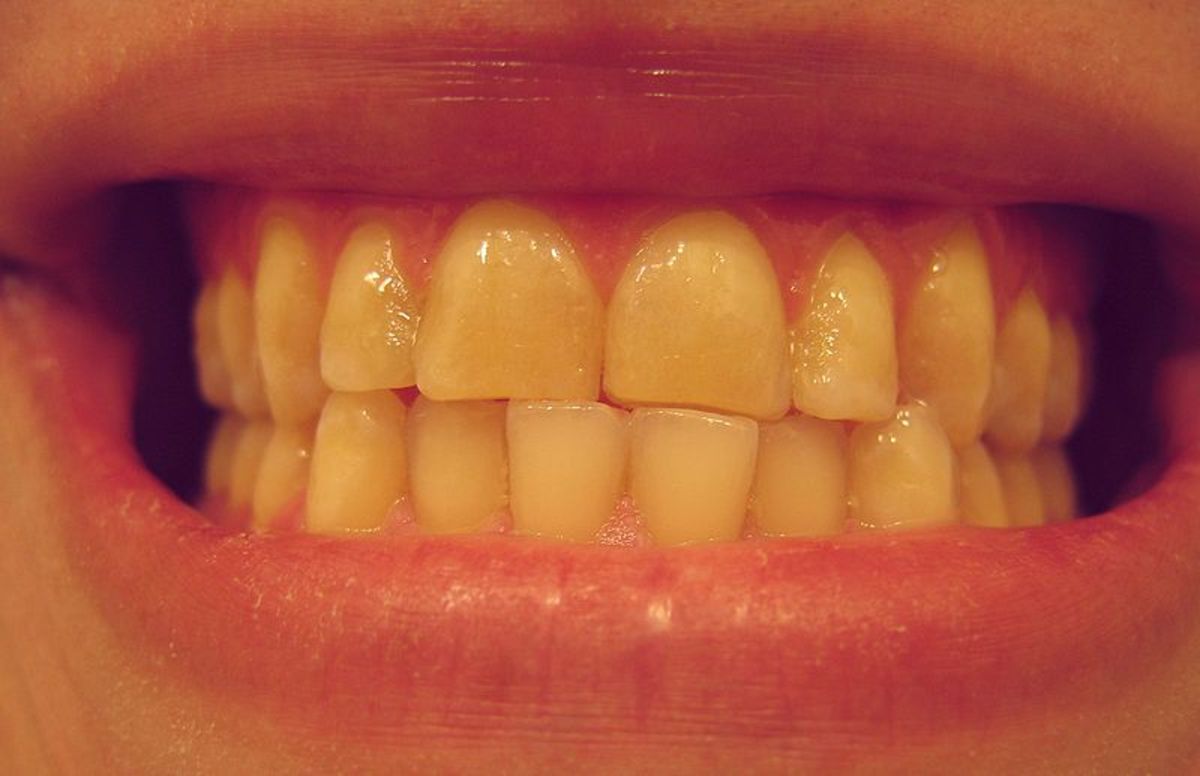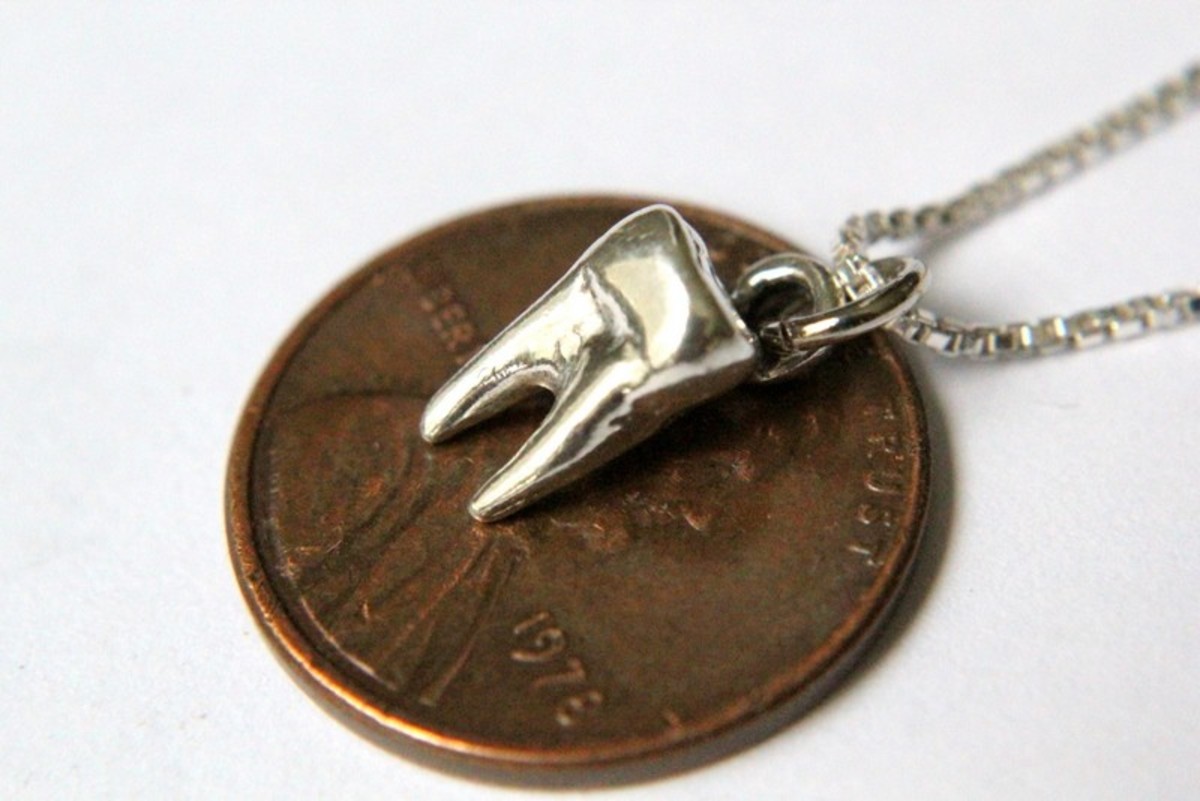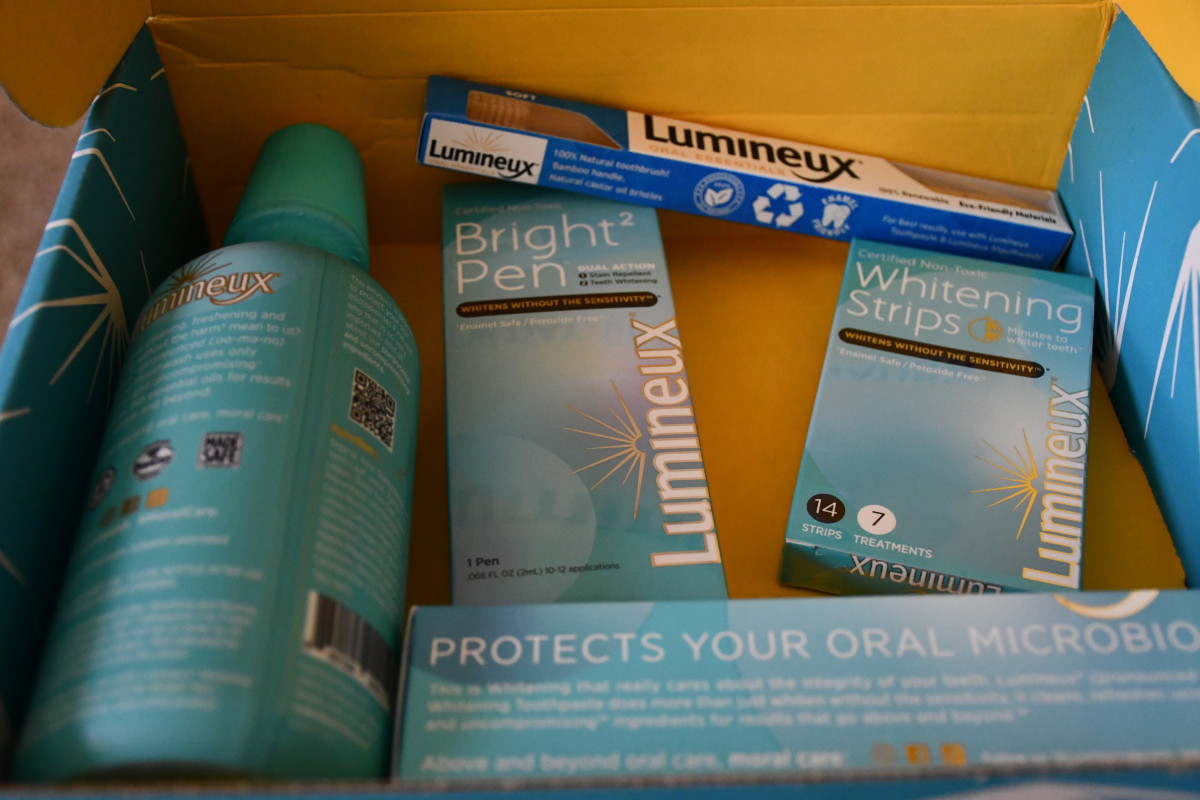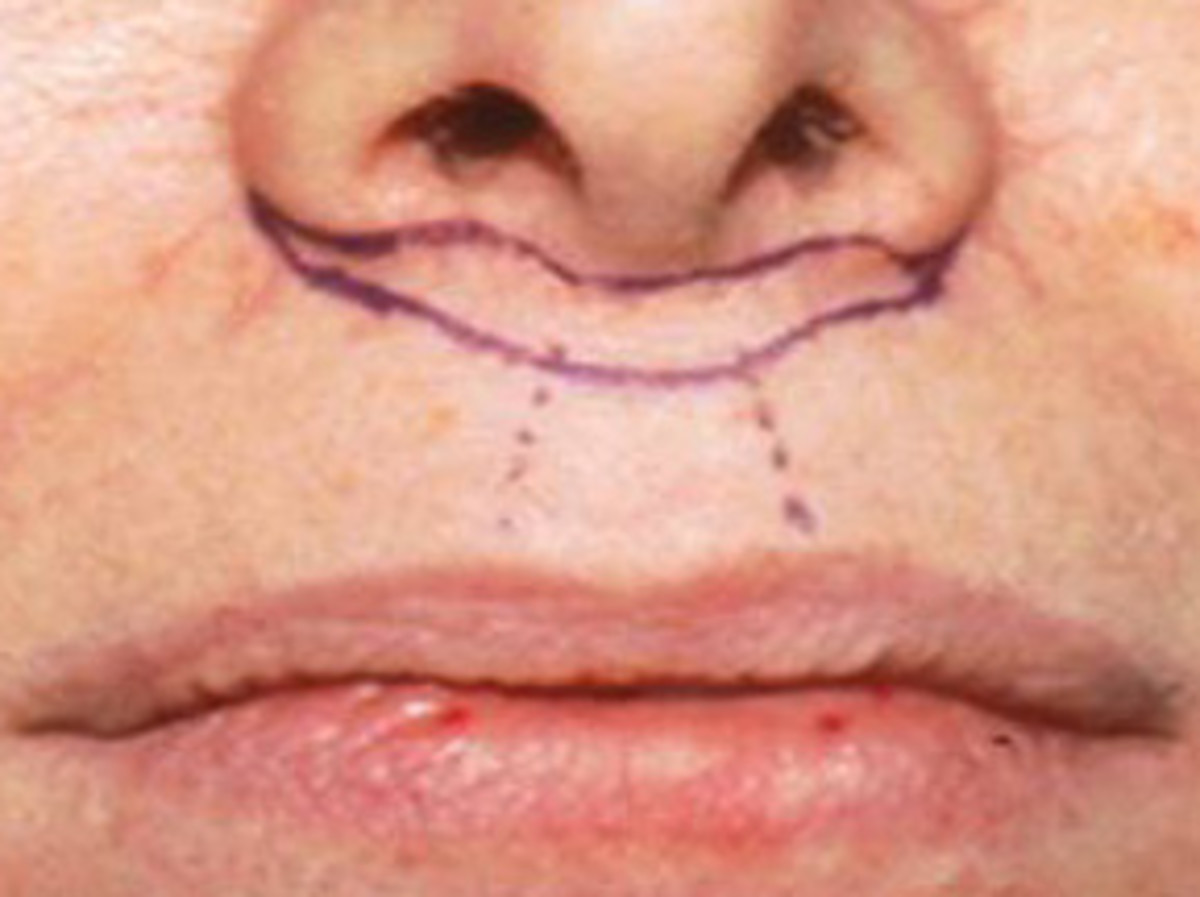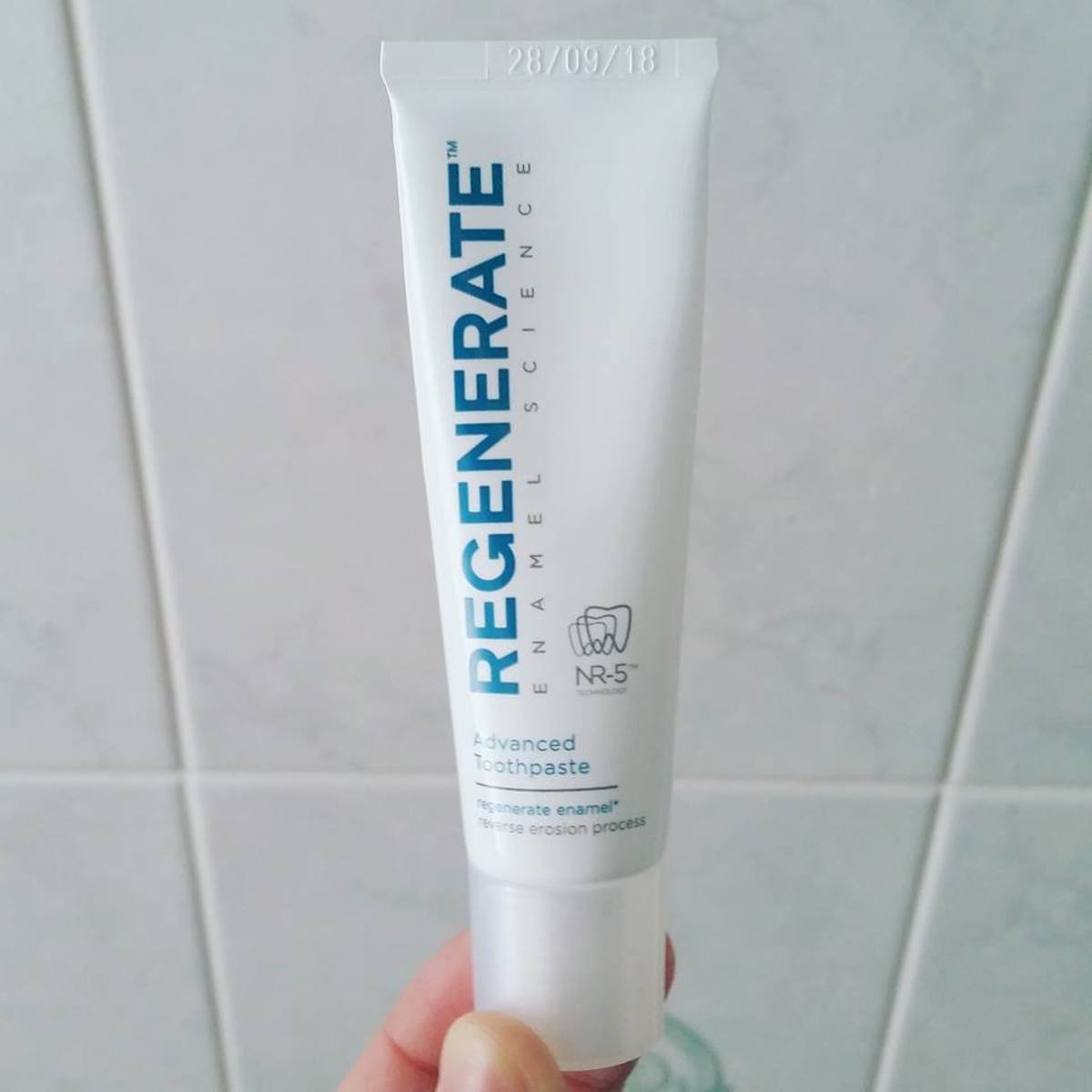Teeth Whitening: What are the Options?
Tooth discolouration is a natural process of aging. As we grow older, our teeth naturally discolour for various reasons. Children generally appear to have “whiter” teeth because the enamel on baby teeth tends to be less translucent. The enamel in adults is more translucent and, as it wears down over the years, the yellow colour of the dentine underneath it begins to show through, giving the teeth a more yellowish appearance.
Aside from the aging process, teeth can also be stained by a variety of factors. Teeth stains are normally categorised as intrinsic (stains that occurs within the tooth) and extrinsic (stains that occurs on the surface of the tooth). Common causes of intrinsic stains include trauma, aging, exposure to certain substances during tooth formation (e.g. Tetracycline staining), and excessive fluoride exposure. Common causes of extrinsic stains are the consumption of coloured food and drinks (e.g. coffee, tea, red wine), and smoking or chewing tobacco.
How Can You Whiten Your Teeth?
There are many methods available ranging from as little as the cost of a tube of toothpaste up to several hundreds of dollars. Teeth whitening options can be categorised as those that can be done at home and those that must be performed in the dental office.
At-Home Tooth Whitening
1. Whitening Toothpaste
Probably the simplest and most basic method for whitening teeth is to use whitening toothpastes. These are usually abrasive in nature and designed to remove only extrinsic stains through a physical action. Although all toothpastes contain abrasives, the content of abrasives in whitening toothpastes is usually higher.
Tooth whitening toothpastes may also contain a bleaching agent like peroxide to help whiten the tooth chemically. The chemical action is generally quite limited because the concentration of peroxide in toothpaste is usually fairly low for safety reasons. Additionally, for a chemical reaction to take place there must be sufficient contact time. Since most tooth brushing lasts for two minutes at the most, the peroxide agent has a very limited time to act.
2. OTC Whiteners
These days there is a large variety of over-the-counter whitening agents available in the market. They vary in concentration, efficacy and method. Strips, paint-on gels, and gels in custom trays designed to be worn over a few hours are the basic methods through which these whitening systems are applied.
Regardless of the method of application, the basic function of these whitening agents is to chemically whiten the teeth through bleaching. As named, they can be bought over the counter at a pharmacy and do not require a dentist’s supervision for use. The efficacy of these methods really depends on the concentration of the active ingredient and how well and how long it can remain on the teeth to produce a whitening effect.
In general, paint-on gels are probably the least effective since saliva can easily wash it away. Whitening strips, though slightly more effective since the agent is better protected against the saliva, are still limited in their use if an individual has crooked teeth. Gels in custom trays are probably the most effective of the OTC whiteners since they remain in contact with the teeth for the longest period of time. The main disadvantage of using OTC gels in custom trays is that the trays are not made specifically for the individual and may not fit very well.
3. Dentist Dispensed Take Home Kits
These are similar to the OTC whitening gels that are applied in custom trays but are usually more effective for two reasons. Firstly, the trays are made by the dentist to fit the individual’s specific dental arch, therefore the whitening agent is held more closely around the teeth. Secondly, the concentration of the active ingredient is usually higher than those sold over-the-counter.
In Office Whitening
The most costly of all the whitening procedures, the in office whitening method is also the most effective. However, because of the high concentration of active agent used and the potential side effect of tooth sensitivity, it is not suitable for everyone.
The in office whitening procedure generally involves the cleaning of the teeth, followed by isolation, application of the gel, possible light activation (if the whitening agent requires it), and removal of the gel. The process may be repeated to further whiten the teeth. The exact procedure may differ slightly depending on the type of whitening system the dentist uses.
Regardless of the type of whitening system used to whiten the teeth, it is important to be aware that unless you maintain your teeth, the discolouration may return. For instance, if you resume your daily habit of drinking coffee after whitening your teeth then it will only be a matter of time before the stains return and your teeth become discoloured again.
The ability to whiten the teeth depends on the individual and the type of staining involved. Stains, such as those caused by Tetracyline or trauma, are the hardest to remove. There is a specific procedure for whitening a dead tooth which involves inserting a bleaching agent into the root canal of the tooth. This procedure can be pretty effective but for obvious reasons, it cannot be used on healthy teeth.
The choice of whitening method also depends on the individual’s susceptibility to tooth sensitivity as tooth whitening of any sort can worsen a pre-existing condition. Additionally, the presence of other dental work in the mouth can also result in a mismatch of tooth colour since existing fillings and crowns in the mouth will not whiten through the bleaching process.
It should also be noted that some stains are due to the build up of tartar and plaque deposits on the teeth. Having a dentist clean your teeth professionally may be all that is required to remove such stains.
Veneers
Although this isn’t exactly a whitening system, the placement of veneers is one of the most effective ways to whiten teeth. Being minimally invasive, they are a good option for teeth with difficult to remove intrinsic stains, such as Tetracyline stains. Veneers involve the removal of a thin layer of tooth structure and having a porcelain layer or composite material adhered to the surface of the tooth.
Like all other dental work done in the mouth, veneers require careful maintenance and are subject to wear and tear. Over time, they may require replacement. One might also question the validity of removing sound tooth structure (even if it is a very thin layer) purely for aesthetics.
These days, there are many options available to an individual desiring to whiten his or her teeth. The method of choice depends largely on the type of staining involved and the extent that the individual would like his or her teeth whitened. For instance, an individual with Tetracycline staining is obviously not going to observe any whitening effect if he or she relies solely on whitening toothpastes to do the job.
It should also be noted that a certain amount of discolouration is a normal part of the aging process and does not necessarily require correcting. Whatever the choice of the individual, it is important to remain realistic about the colour of one’s teeth. For some individuals, it may not be possible to have stark white teeth, though some lightening can be expected.


